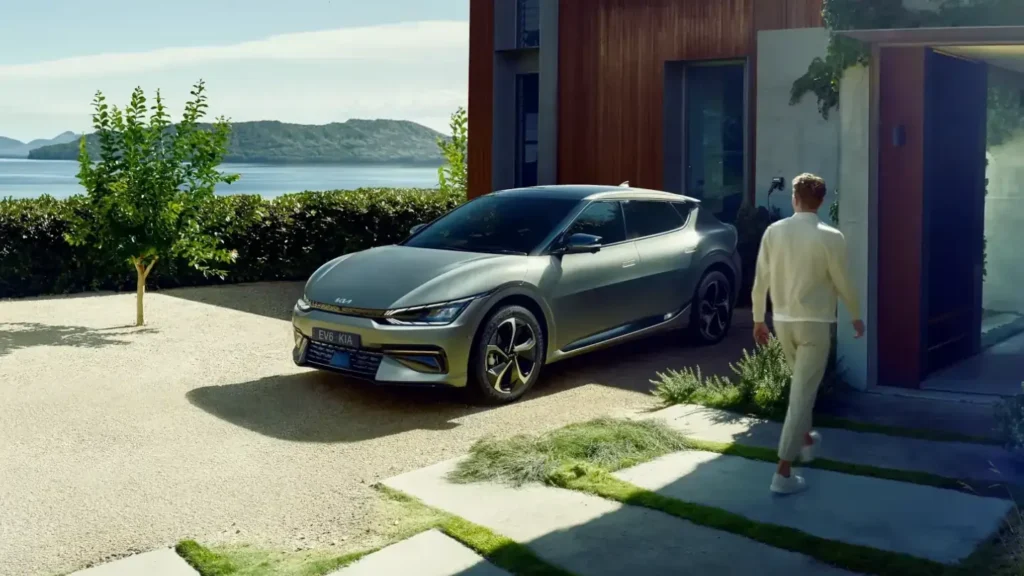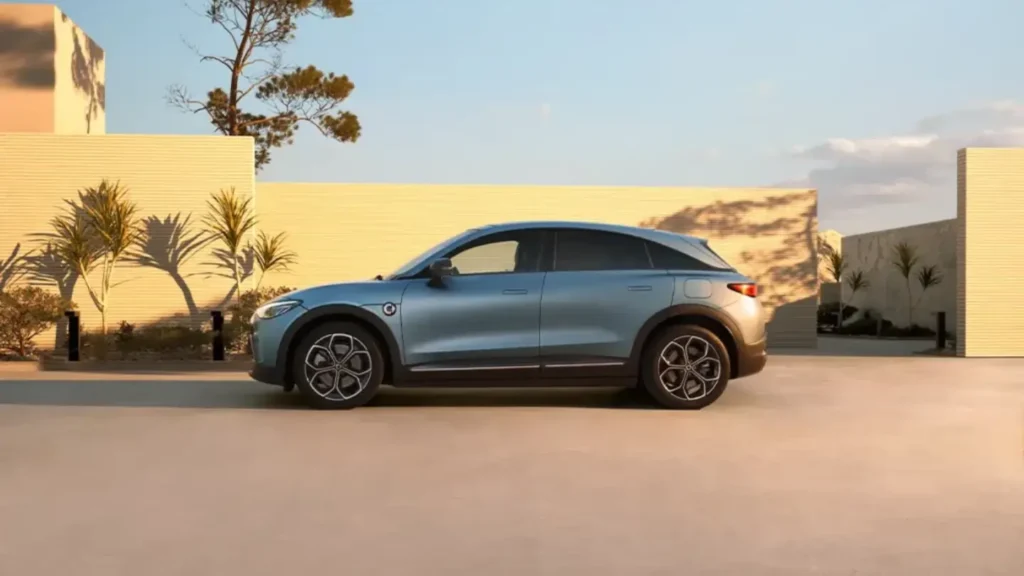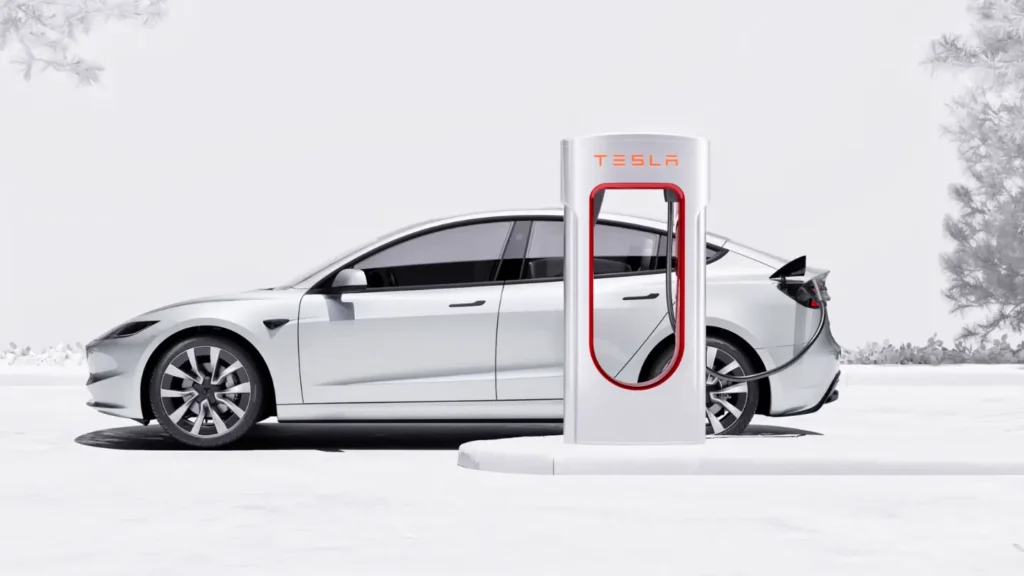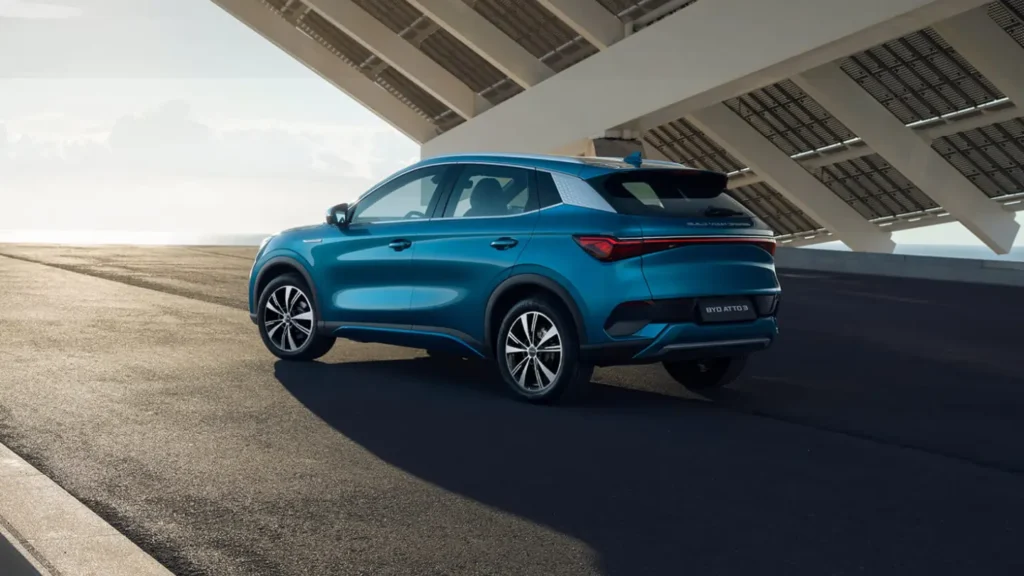Independent testing by the Australian Automobile Association (AAA) has revealed that many electric vehicles (EVs) don’t achieve their official lab-tested range in real-world driving. In the latest round of tests, five popular EVs were assessed. The results showed that each vehicle’s real-world range was between 5% and 23% lower than what manufacturers had claimed.
This testing is part of the Real-World Testing (RWT) Program, launched by the AAA in 2023 and funded by the federal government. It aims to give Australian car buyers reliable, independent information about how EVs perform on the road.
How were the EVs tested?

The cars were driven on a 93km test loop around Geelong, Victoria, using strict procedures to ensure the results were fair and repeatable. It includes an even distribution of urban, rural and motorway driving with each test vehicle driving the test route twice. The team measured how much energy each car used during the drive and how much was needed to recharge the battery afterward. Charging speed was also tested using a 22kW home charger.
EVs tested so far

Here’s how the five EVs included in the RWT performed compared to their official lab range:
| Model | Claimed Range | Real Range | Difference |
| Smart #3 | 455 km | 432 km | -5% |
| Kia EV6 | 528 km | 484 km | -8% |
| Tesla Model Y | 533 km | 490 km | -8% |
| Tesla Model 3 | 513 km | 441 km | -14% |
| BYD Atto 3 | 480 km | 369 km | -23% |
The Smart #3 came closest to its claimed range, while the BYD Atto 3 had the biggest gap.
Why it matters?

Many Australians are still unsure about switching to electric cars, mainly due to concerns about driving range and charging availability. In fact, AAA research shows that 60% of people considering an EV worry about these two factors.
This program helps fill the gap between marketing promises and real-world performance, giving buyers a clearer idea of what to expect.
What’s next?
The AAA has already tested 114 petrol and hybrid vehicles as part of this program. It found that most of those cars also used more fuel than their lab results suggested. The AAA says it will continue testing more EVs to help Australians make better-informed choices as the country moves toward electric mobility.

Pushback from FCAI
The Federal Chamber of Automotive Industries (FCAI) has expressed concern about the potential for confusion caused by the release of real-world test results alongside official, government-endorsed laboratory figures.
“All vehicles, including EVs, sold in Australia are tested under strict laboratory conditions set out in Australian Design Rule 81/02,” said FCAI Chief Executive Tony Weber. “This consistent methodology ensures vehicles can be reliably compared, regardless of brand or model.”
Weber argued that while real-world testing may offer additional context, it is subject to too many variables, such as traffic, weather, terrain and driving style, to provide universally comparable results. He also pointed out that the federal government mandates ADR lab testing, while also funding the AAA’s Real-World Testing Program, calling the dual approach inconsistent and potentially confusing for consumers.
“We support transparent, evidence-based information for consumers, but it must be consistent,” he said. “When conflicting figures are published, it undermines confidence and causes unnecessary confusion.”
Choose your EV responsibly
Knowing what we know about real-world range expectations from a battery electric vehicle (BEV) from various tests, it is safe to assume that most cars fall a little short of the promised figure. Daily variable factors like temperature, driving styles, traffic conditions and so on will be the final deciders of your EV range between recharges. So it would be best to refer to claimed range figures as reference points to pick the right one for your needs.

Comments
New Comment